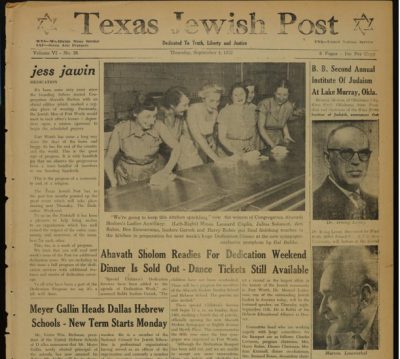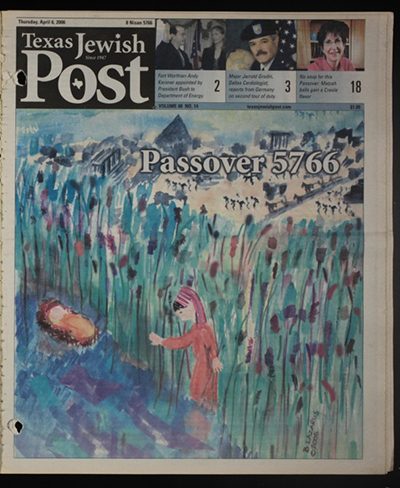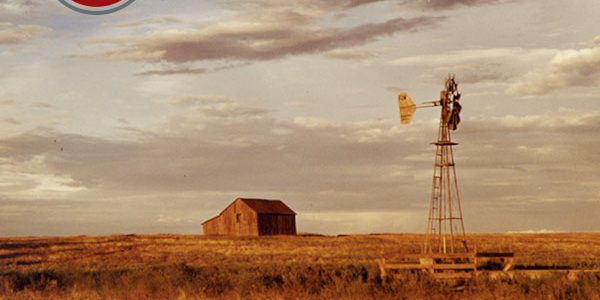The UNT Libraries’ Digital Newspaper Unit has another very exciting announcement about a new grant award to add more titles to the Texas Digital Newspaper Program. The “Texas Borderland Newspaper Digitization Project” is funded through a September 2016-August 2017 grant from the Institute of Museum and Library Services (IMLS) and the Texas State Library and Archives Commission (TSLAC), as part of TSLAC’s TexTreasures competitive grants program. Through this $25,000 award, the Newspaper Unit will digitize newspapers from eighteen counties near the Texas border, comprising at least 23,000 pages and beginning in 1887. At present, these counties either have few or no newspapers freely available on The Portal to Texas History or elsewhere. These counties stretch along southeastern Texas, near the Mexican border, and include the counties of Jim Hogg, Zapata, and Brooks, and span through border counties, including Maverick and Terrell, up to Reeves County in western Texas. At present, the materials representing these counties on the Portal are primarily maps, with a small scattering of other, non-newspaper items. This project will allow voices to be heard from these areas that have otherwise not been represented in the context of the Portal or other freely available online newspaper resources.
It is difficult to overestimate the role a newspaper plays in representing a community’s identity. The newspapers digitized through this project span urban and rural populations who originated from many different cultural backgrounds in Mexico and Europe. Many of these newspapers will highlight the Mexican Revolution, which so many of the border communities saw first-hand and discussed within their newspapers. New inventions for settling the frontier are highlighted in the German newspapers, foreshadowing for their descendants a long-term agrarian existence in the Texas Hill Country. All of these newspapers educated early Texas settlers about how to survive in the new frontier, how the political system worked, and how the society functioned and survived. The theme within this project is to open digital access to new voices from early Texas history, and we look forward to what we may learn from them.
TexTreasures is an annual competitive grant program designed to help member libraries make their special collections more accessible to researchers across Texas and beyond.
 |
 |
 |












